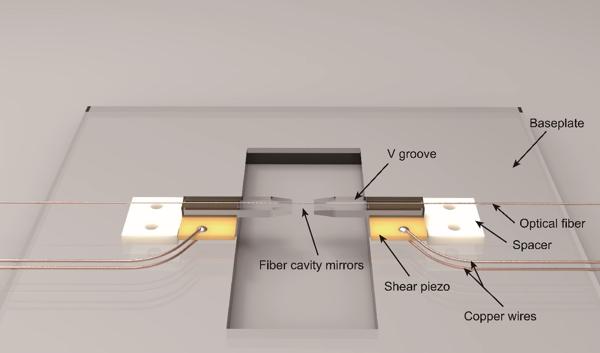Thanks to their favorable isolation and coherence, rich energy level structures and permanent electric dipole interaction, ultracold molecules has not only shown unique advantage in the research of quantum chemistry, but also developed novel methods for quantum simulation, quantum computation and precision measurement beyond cold and ultracold atom systems. Current direct synthesis methods of cold molecules, however, are confined to photoassociation and magnetoassociation whose efficiency of molecular state preparation is far from perfect, due to complex energy level structures of molecules. With destructive detection of the synthesized molecules, these methods impose severe restrictions on the application of ultracold molecules. In order to further increase the state preparation efficiency of ultracold molecules, to study its reaction dynamics and to realize nondestructive detection of ultracold molecules, ultracold molecule cavity QED has been proposed and studied in experiments. Optical resonators are required to selectively enhance the coupling strength of matter and certain electromagnetic modes.
In particular, hybrid systems of high finesse optical cavity and cold atoms have been widely applied in quantum optics and quantum information experiments, and cavity QED research based on large organic molecules has made great progress in theories and experiments. For ultracold molecules, optical fiber Fabry-Pérot microcavities with small mode volume and open optical access can greatly enhance the coupling strength to overcome the drawback set by small Franck-Condon coefficients, which enables the enhancement of certain spontaneous emission channels to deterministically control the final state in the molecule synthesis process, followed by a highly-efficient conversion of molecular excitation to cavity photon. Moreover, the inbuilt fiber-coupled readout channel of cavity photon allows heralding of successful preparation of ultracold molecules. The non-destructive measurement of quantum state of molecules including rovibrational levels and reaction products can be further realized by the detection of the strong coupling between molecules and the cavity field. This will pave the way for quantum chemistry research and application in quantum optics and quantum information based on ultracold molecules.
The research group led by Prof. Guangcan Guo and Prof. Chuangfeng Li, Dr. Jian Wang from the University of Science and Technology of China, has conducted research on a high-finesse optical fiber Fabry-Pérot microcavity for the study of molecule cavity QED, which is published in Chinese Optics Letters, Volume 20, Issue 12, 2022 (Y. Pan, et al., Fabrication, testing and assembly of high-finesse optical fiber microcavity for molecule cavity QED experiment).
The fabrication and testing method of high-finesse optical fiber microcavity is described in detail in this work, including the preparation and profile characterization of cavity mirror by a home-made CO2 laser ablation system and white light profilometer, assembly of high precision apparatus for fiber microcavity alignment and spectroscopy observation, and finally the setup of fiber microcavity assembly suitable for experiments of ultracold molecules. The assembly of optical fiber Fabry-Pérot microcavity includes V grooves, shear piezo, spacers and baseplate, as shown in figure 1.

Figure 1 Schematic diagram of the assembly of optical fiber Fabry-Pérot microcavity
The working wavelength can be tuned by adjusting cavity length to be resonant with different transitions of ultracold molecules. The finesse of the fiber microcavity has reached 24000 at the transition wavelength of Rb2 molecule, and it been experimentally confirmed that the mirror annealing procedure plays a key role in achieving such a high finesse. In order to compatible with the condition of ultracold molecule experiments, the fiber microcavity assembly, keeping a high finesse constantly, has shown great stability under the test of ultrahigh vacuum environment. Theoretically, this fiber microcavity can greatly overcome the restriction on strong coupling set by the small Franck-Condon coefficients in molecular transition. The cooperativity between a single molecule and the cavity mode can surpass unity even with a Franck-Condon coefficient of 0.01, which allows the system to reach strong coupling regime of molecule cavity QED. And this cooperativity between single molecule and the cavity can even reach 18 for certain molecular transition.
Dr. Jian Wang, the corresponding author of this work considers this as a foundation of the study of ultracold molecule cavity QED, which has a groundbreaking impact on the experimental research of quantum chemistry, quantum optics and quantum information based on ultracold molecules.In the future, the research group will work on the deterministic quantum state preparation and nondestructive measurement of ultracold molecules, and realize the strong coupling of ultracold molecules and quantized light field, to develop quantum simulation, quantum computation and precision measurement technologies based on molecule cavity QED.


